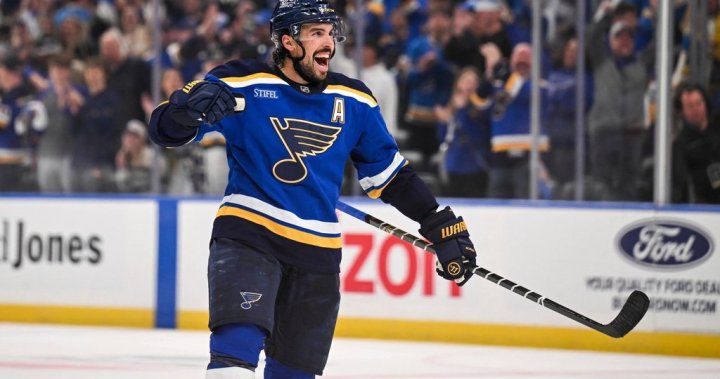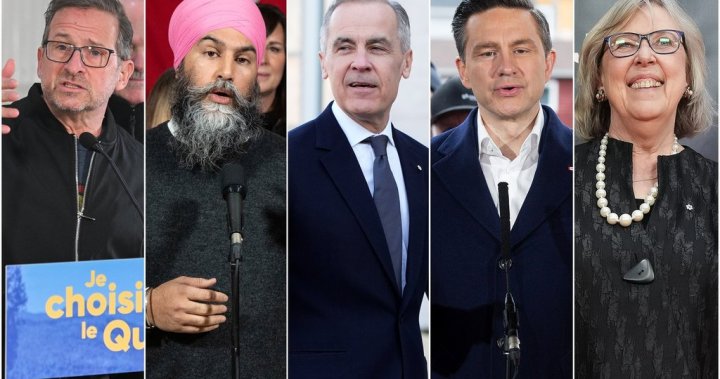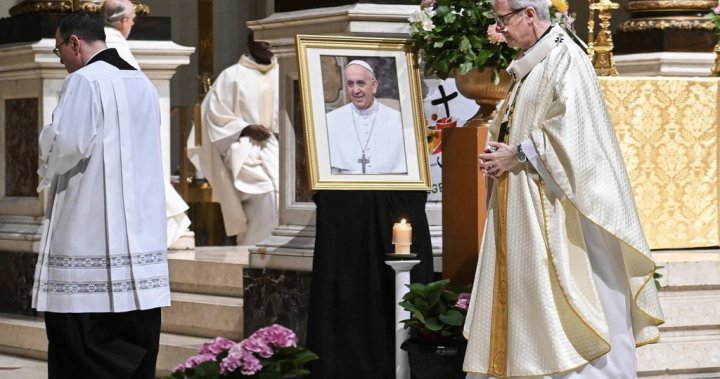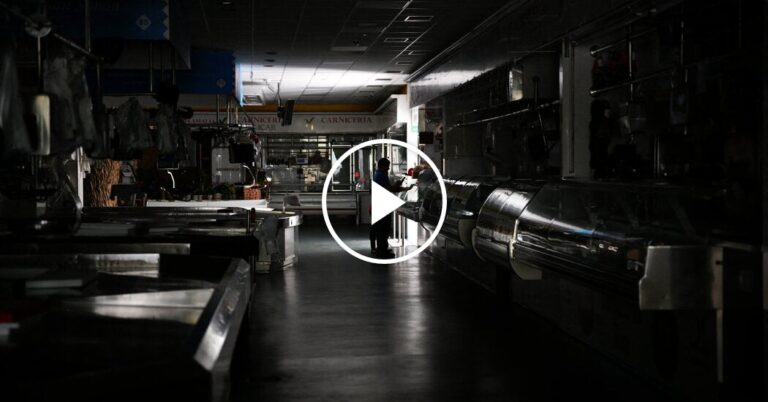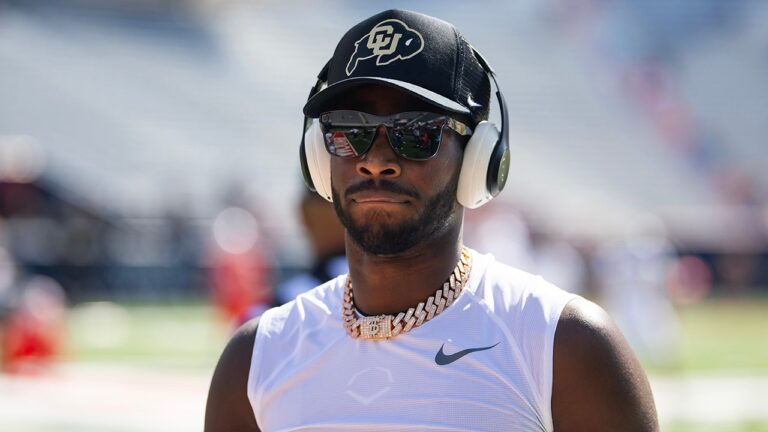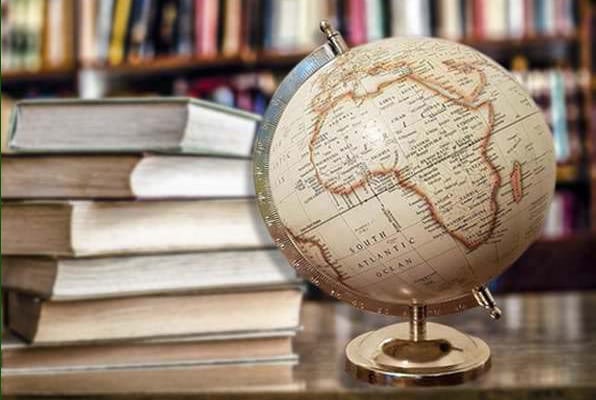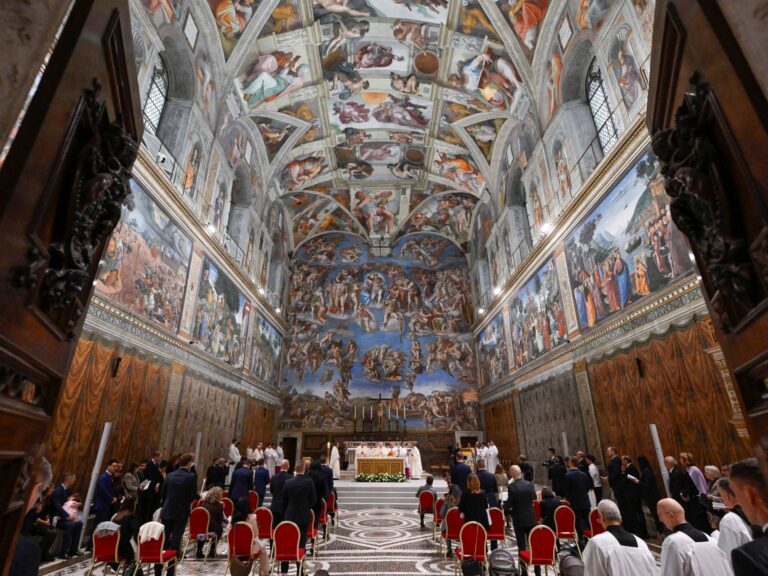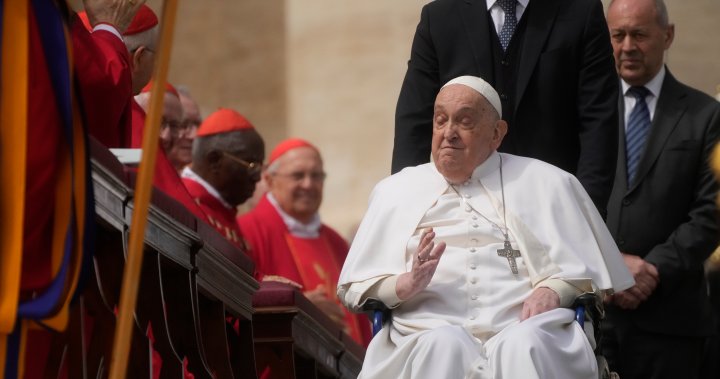
Pope Francis has died at the age of 88, the Vatican confirmed to the public on Monday, capping the end of a tenure seen by some as one of the more progressive in the Roman Catholic Church.
“Dearest brothers and sisters, with deep sorrow I must announce the death of our Holy Father Francis,” said Cardinal Kevin Joseph Farrell in a statement.
“At 7.35 [local time] this morning the Bishop of Rome, Francis, returned to the house of the Father. His entire life was devoted to service to the Lord and His Church. He taught us to live the values of the Gospel with fidelity, courage and universal love, especially in favour of the poorest and most marginalized.”
The statement continued: “With immense gratitude for his example as a true disciple of the Lord Jesus, we commend the soul of Pope Francis to the infinite merciful love the One and Triune God.”
The pope died following health challenges over recent months, including hospitalization several weeks ago for pneumonia and a complex lung infection, which required high levels of oxygen and blood transfusions.
With the Pope’s death, cardinals will convene in the Sistine Chapel in the days to come to elect the next pope, which could be decided within two weeks.
Francis, formerly Cardinal Jorge Mario Bergoglio, was considered a dark horse candidate when he was chosen in 2013 to succeed Benedict XVI in 2013.
The first pope from the Americas in the history of the Church, he was also the first to take the name Francis – after the saint who was devoted to the poor.
As recently as April of 2023, Francis observed a Holy Thursday ritual of humility by washing the feet of prisoners – doing so at the same juvenile prison where he performed the same ceremony in the first year of his papacy.

It was one of several tasks he undertook during his time as Pope, telling people that “wealth and possessions will fade like dust in the wind.” He also paid his own hotel bill the same day he took on the role.
Health issues plagued Francis in his later years: In 2021, he had a chunk of his colon removed, and he had been suffering from a fracture in the knee and inflammation of its ligaments since 2023. The following year, he had surgery to repair an abdominal hernia and remove intestinal scar tissue.
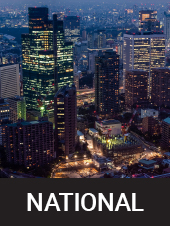
Get breaking National news
For news impacting Canada and around the world, sign up for breaking news alerts delivered directly to you when they happen.
As a young man, he had part of one lung removed because of a respiratory infection, and he often spoke in a whisper, even when not sick. In 2023, Francis underwent a CAT scan that ruled out pneumonia, but he was still forced to call off a trip to the Gulf because of a bad bout of acute, infectious bronchitis.
In winter 2024, he had been suffering from what he and the Vatican said was a cold, bouts of bronchitis and the flu, and had to rely on aides at times to read his remarks and move physically.
Born in Buenos Aires, Argentina on Dec. 17, 1936, Francis was the son of a railways’ accountant and stay at home mother. He would graduate as a chemical technician before pursuing the path to priesthood. He taught a number of subjects including literature and psychology at various schools in Argentina and Spain, continuing his teaching even after being ordained a priest in December 1969.
It was almost just over two decades later that he was appointed bishop by John Paul II, and later coadjutor archbishop of Buenos Aires in 1997.
The pontiff carved a name for himself in the Church, helping it explore new paths, including reaching out to other religions such as Islam and Muslims.
His openness to taking on issues the Church had not before drew in new supporters, but also critics.

He embraced science and human causes of climate change and moved beyond traditional Church doctrine to accept homosexuality in society, going so far as to say the Church should apologize to gay people.
“If someone is gay, who am I to judge,” he told reporters in 2016.
He also made history in 2022 when he apologized for the Church’s role in Canada’s residential schools both in the Vatican and then months later on Canadian soil during a historic trip. It was a shift from the previous pope’s actions, in which he expressed “sorrow” but not apology for what happened.
The apology followed a number of individual Catholic organizations, parishes and bishops apologizing to Indigenous children and their families for the spiritual, cultural, emotional, physical and sexual abuse the church inflicted on youngsters forced to attend the schools.
But in 2015 the Truth and Reconciliation Commission released 94 calls to action including a request for a papal apology in Canada. It was requested he do so within one year of the release of the report – it took six years before the moment finally came.
“I am deeply sorry,” Francis said in his address to Indigenous residential school survivors in Maskwacis, Alta., following a visit to a former residential school site nearby.
“I ask forgiveness, in particular, for the ways in which many members of the church and of religious communities co-operated, not least through their indifference, in projects of cultural destruction and forced assimilation promoted by the governments of that time, which culminated in the system of residential schools.”

The apology received mixed reactions from First Nations, residential school survivors and even Canadian government officials. While it was welcomed by many, some critics said Francis’ remarks did not go far enough and called for concrete actions toward reconciliation, including the release of Catholic Church documents relating to the residential school system.
Francis’ stance on social issues were not black and white, however, having said no to women priests and gay marriage, and defined abortion as the “most horrific” of crimes.
Despite this, the Pope still was seen as a change for the direction of the Church, having softened the stance on divorce and remarriage, and replacing cardinals he did not agree with.
But Francis also inherited a pervasive crisis that began long before he even became Pope and intensified under his watch: sexual abuse in the Catholic clergy.
In 2018 on a trip to Chile, he became the first Pope to publicly denounce what he called a “culture of abuse and cover-up,” and that he was ashamed neither he nor the country’s Catholic leaders listened to victims as an abuse scandal spread.
For years, the Vatican focused for decades on punishing the abusers rather than the bishops and religious superiors who moved pedophiles from parish to parish, instead of reporting them to police or removing them from ministry altogether.
Even as the Pope began to look into the scandal, more cases emerged as an American cardinal was defrocked for abuse in 2019 and an Australian cardinal was found guilty of abusing choir boys.
As a response, Francis convened an unprecedented summit at which members were openly self-critical.
The Pope himself said Catholics were not looking simply for condemnation but concrete actions.
“In the face of this scourge of sexual abuse perpetrated by men of the church to the detriment of minors, I thought I would summon you,” Francis had told the clergy.



